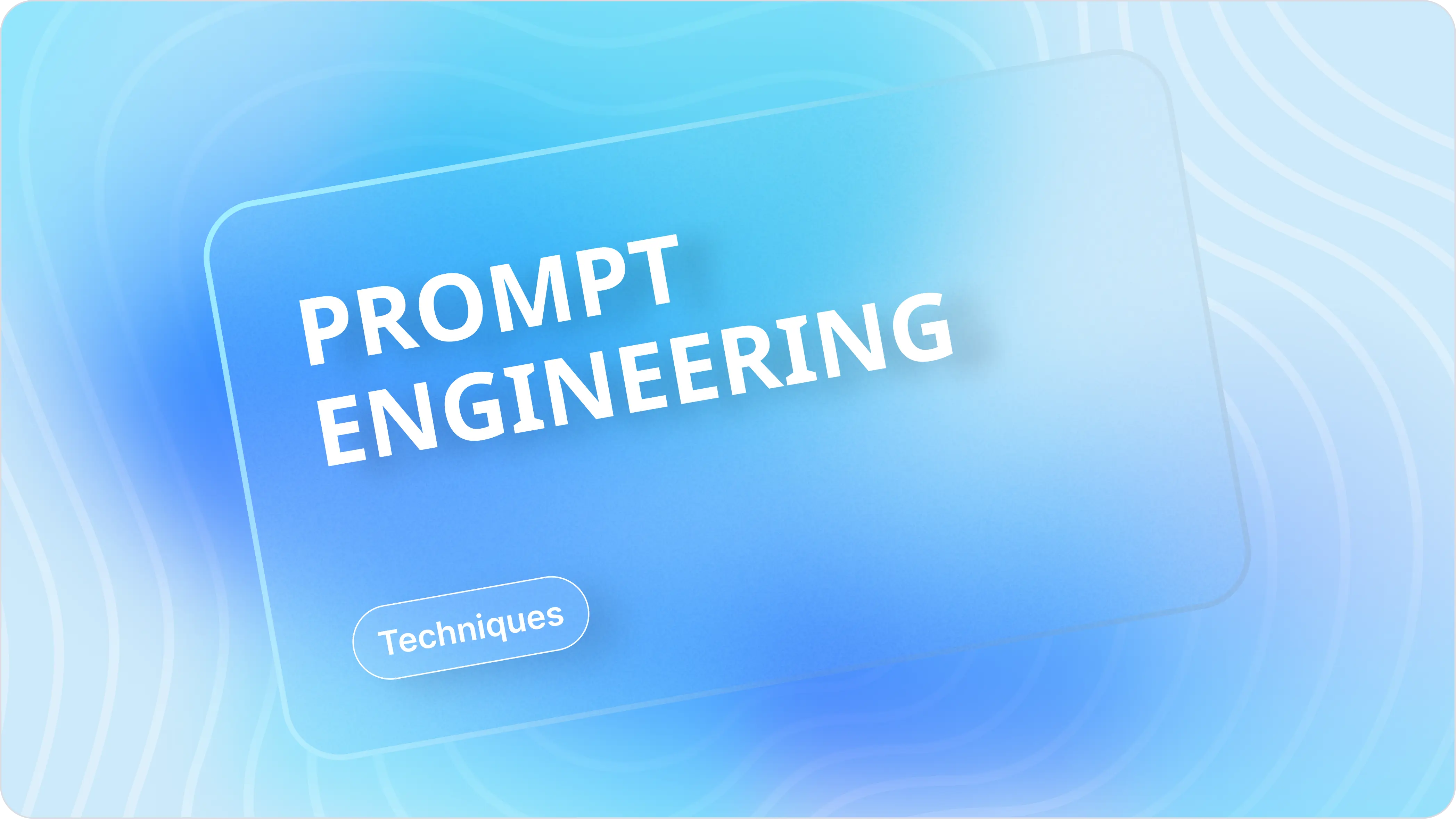
Before prompt engineering
- have a first draft of your prompt
- know the audience that you are tailoring your prompt to
- have some benchmark to measure prompt improvements
- have some example inputs and desired outputs to test your prompts with
Prompt engineering techniques
- Be specific and clear
- Use structured formats
- Leverage role-playing
- Implement few-shot learning
- Use constrained outputs
- Use chain-of-thought prompting
- Use thread-of-thought prompting
- Use least-to-most prompting
- Use meta-prompting
When should prompt engineering be used?
- From the beginning. It’s never too early to think about how your prompt will affect the output.
- When refining model outputs to meet your expectation.
- When expanding features and need the model to adapt to new use cases.
- When optimizing cost and performance. Prompt engineering can reduce token usage, lower latency, and improve performance.
Why prompt engineering is important
- Get more accurate and relevant responses.
- Get the response in a specific instructions, styles, or formats.
- Reduce costs by decreasing the number of tokens used, lowering API costs.
- Avoid inappropriate or biased outputs.
- Get consistent and reliable responses across different interactions.
- Improve user experience with more helpful and concise responses.
FAQ
How often should I update my prompts?
How often should I update my prompts?
Regularly: Especially if you notice changes in the model’s performance or
after updates to the model. - After use feedback: Incorporate feedback to
improve prompt effectiveness. - When introducing a new feature: Adjust the
prompt to cover new functionalities or use cases.
What's the difference between prompt engineering vs. fine-tuning?
What's the difference between prompt engineering vs. fine-tuning?
Prompt engineering is modifying the input prompts to guide the model’s
responses without changing the model itself. Fine-tuning is training the model
on additional data to adjust its internal parameters for specific tasks.
What are some common mistakes with prompt engineering?
What are some common mistakes with prompt engineering?
- Vague instructions: Leads to unpredictable outputs. - Overcomplicating prompts: Too much information can confuse the model. - Ignoring model limitations: Expecting the model to perform tasks beyond its capabilities. - Lack of testing: Not validating prompts with various inputs can result in inconsistent performance.
How does prompt length affect model responses?
How does prompt length affect model responses?
- Short prompts can lead to ambiguous or generic answers because of a lack of context.
- Long prompts provides more detail but can increase token usage and overwhelm the model.
Can prompt engineering remove biases?
Can prompt engineering remove biases?
Yes. When you carefully craft prompts to avoid sensitive topics or by
instructing the model to follow ethical guidelines, you can reduce the
likelihood of biased or inappropriate responses.
Do I need to be technical to prompt engineer?
Do I need to be technical to prompt engineer?
- For simple prompt adjustment, no extensive technical background is needed. - For complex tasks or with the intention to optimize performance, some familiarity with AI concepts is helpful.
Can you cut cost with prompt engineering?
Can you cut cost with prompt engineering?
Yes. A well-written prompt can minimize the number of tokens required for both
the input and output, thereby reducing API usage costs.
Need more help?
Need more help?
Additional questions or feedback? Reach out to
[email protected] or schedule a
call with us.